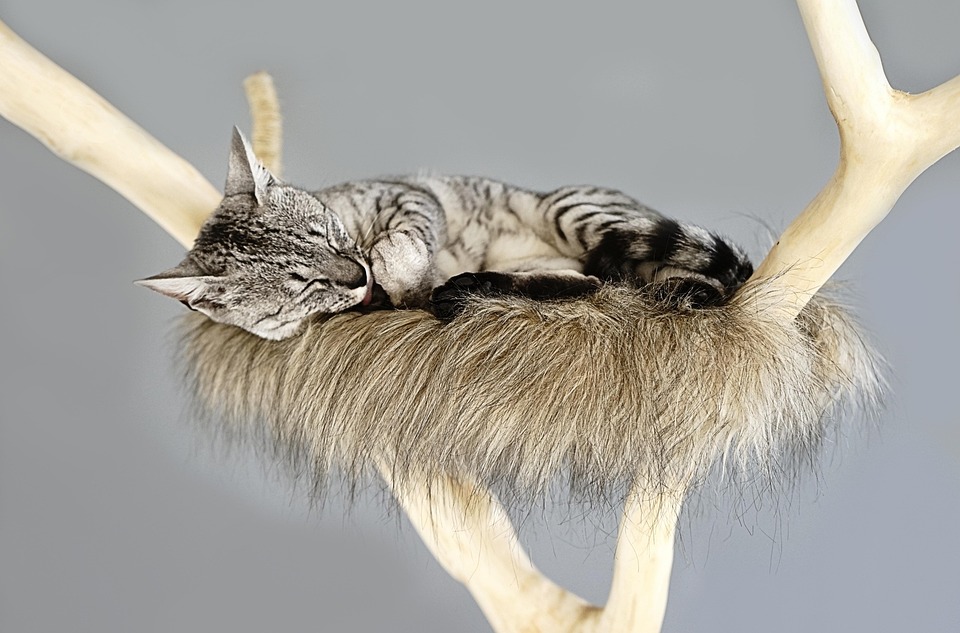Scratching That Itch: The Brain’s Role in the Complex Interaction between Sensation and Behavior
Have you ever felt that maddening urge to scratch an itch that seemed to come out of nowhere? Perhaps it was a minor annoyance or a full-blown itch fest. Regardless of its intensity, scratching an itch is a universal human experience that can leave us wondering: what’s happening in our brains to make us want to scratch so badly?
The sensation of an itch is a complex process that involves the nervous system, the skin, and the brain. When our skin is stimulated by an irritant, such as dry skin, an allergic reaction, or even a mosquito bite, specialized nerve endings in the skin send signals to the spinal cord and eventually to the brain. The brain interprets these signals as an itch, and our natural response is to scratch the affected area to alleviate the sensation.
But what makes scratching such a compelling behavior? Research suggests that the brain’s reward system is intricately linked to the sensation of itching. When we scratch an itch, our brain releases feel-good chemicals such as dopamine and endorphins, which can produce feelings of pleasure and relaxation. This positive feedback loop reinforces the behavior, making us more likely to scratch again in the future.
The Science of Itching
The process of itching and scratching is mediated by several neurotransmitters, including:
- Substance P: a neurotransmitter released by nerve endings in the skin, which sends signals to the spinal cord and brain, signaling the sensation of itching.
- Dopamine: a neurotransmitter involved in reward processing, which is released by the brain in response to scratching, providing a pleasurable sensation.
- GABA: a neurotransmitter that helps regulate the activity of other neurons, and is involved in the suppression of itch.
The Brain’s Role in Itching
While the sensation of itching is triggered by sensory input from the skin, the brain plays a crucial role in processing and modulating this sensation. Research has shown that:
- Itch is a distinct brain region: The brain has a dedicated network of regions dedicated to processing itch, including the secondary somatosensory cortex and the anterior cingulate cortex.
- The brain integrates multiple sensations: The brain integrates multiple sensations, including touch, pain, and temperature, to create the complex sensation of itching.
- The brain regulates scratching behavior: The brain’s reward system is involved in the regulation of scratching behavior, with scratching behaviors reinforced by the release of feel-good chemicals such as dopamine.
FAQs
- What is the difference between itch and pain?
Itch is a distinct sensation from pain, and is typically characterized by a sensation of discomfort or discomfort, whereas pain is typically characterized by a sensation of harm or injury. - Why do some people scratch excessively?
Excessive scratching can be caused by a variety of factors, including neurological disorders such as chronic itch syndrome, anxiety, and depression. - Can itching be a sign of a larger health issue?
Yes, itching can be a sign of a larger health issue, such as skin conditions like eczema, psoriasis, or allergies. In some cases, itching can be a symptom of an underlying medical condition, such as liver or kidney disease. - Is there a way to reduce scratching?
Yes, there are several ways to reduce scratching, including the use of topical creams or ointments to relieve itching, relaxation techniques such as deep breathing or meditation, and cognitive behavioral therapy to address underlying psychological factors.
Image:
[A diagram illustrating the complex interaction between sensation, behavior, and the brain’s role in itching. The image should feature a brain with highlighted regions, connected to a skin cell and a neuron, with arrows representing the flow of neurotransmitters and signals.]
[Credit: Modified from Wikimedia Commons, public domain]
In conclusion, scratching that itch is a complex process that involves the interaction of multiple brain regions, neurotransmitters, and sensory input from the skin. By understanding the brain’s role in itching, we can better appreciate the intricate workings of our nervous system and develop more effective strategies for managing itching and scratching behaviors.


